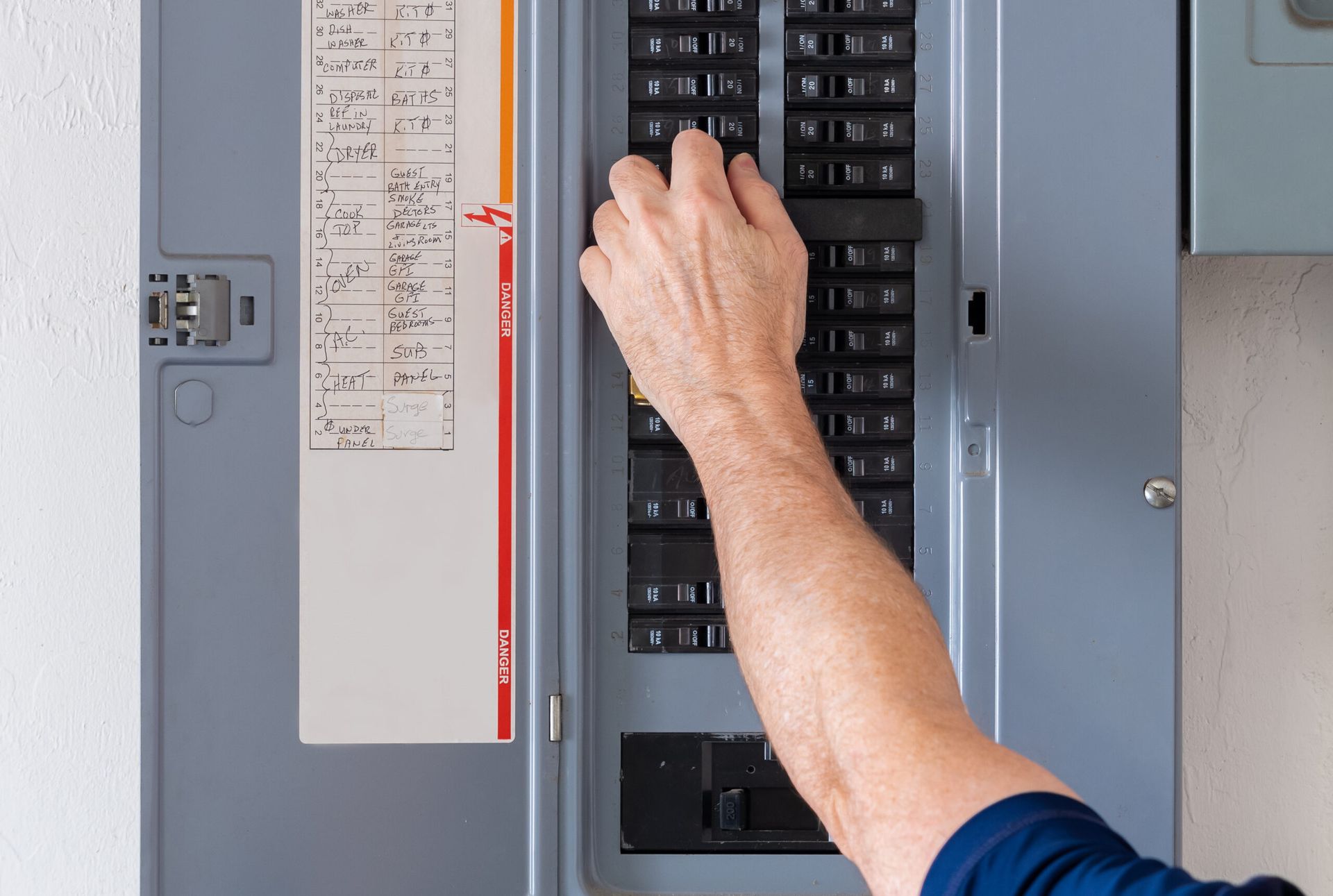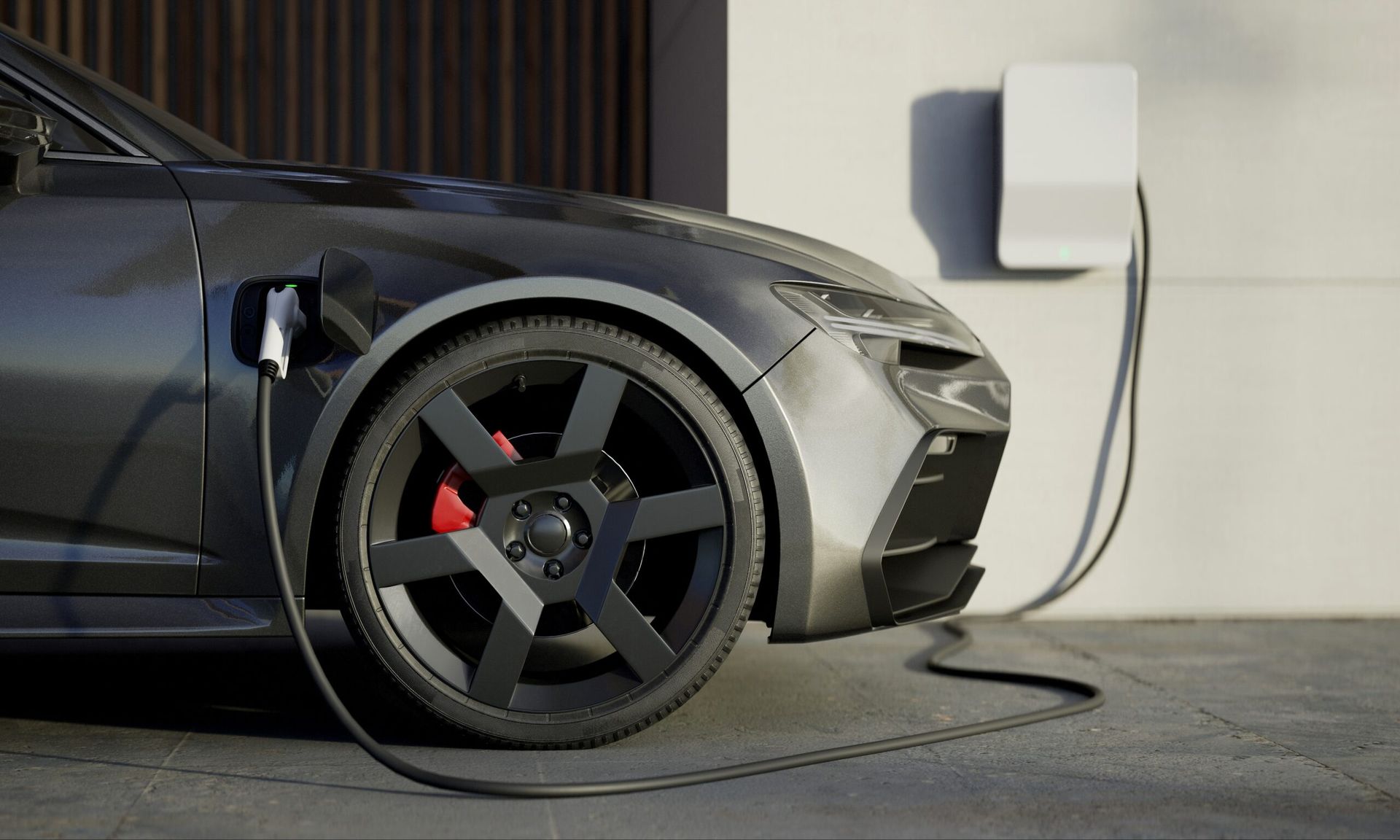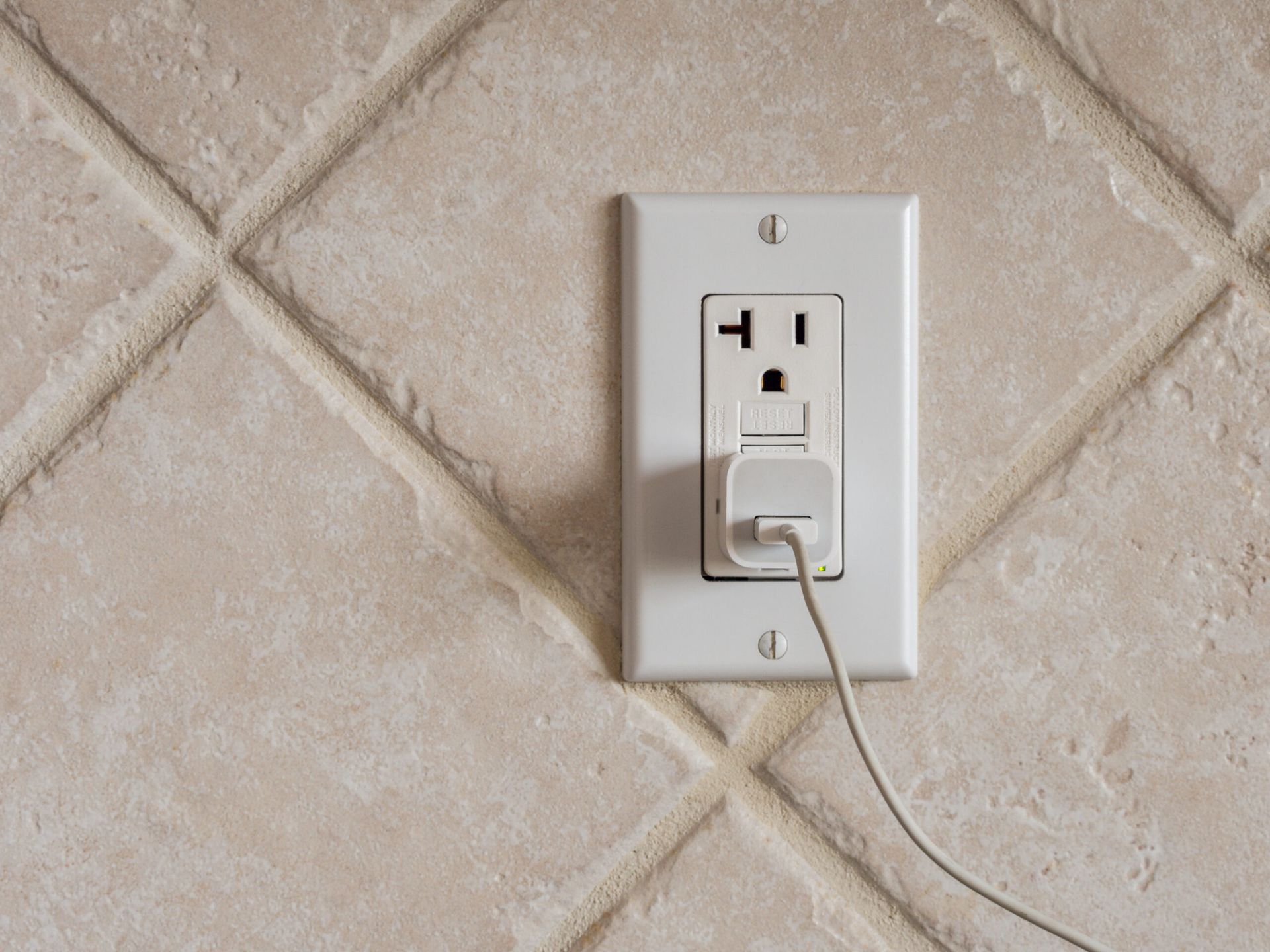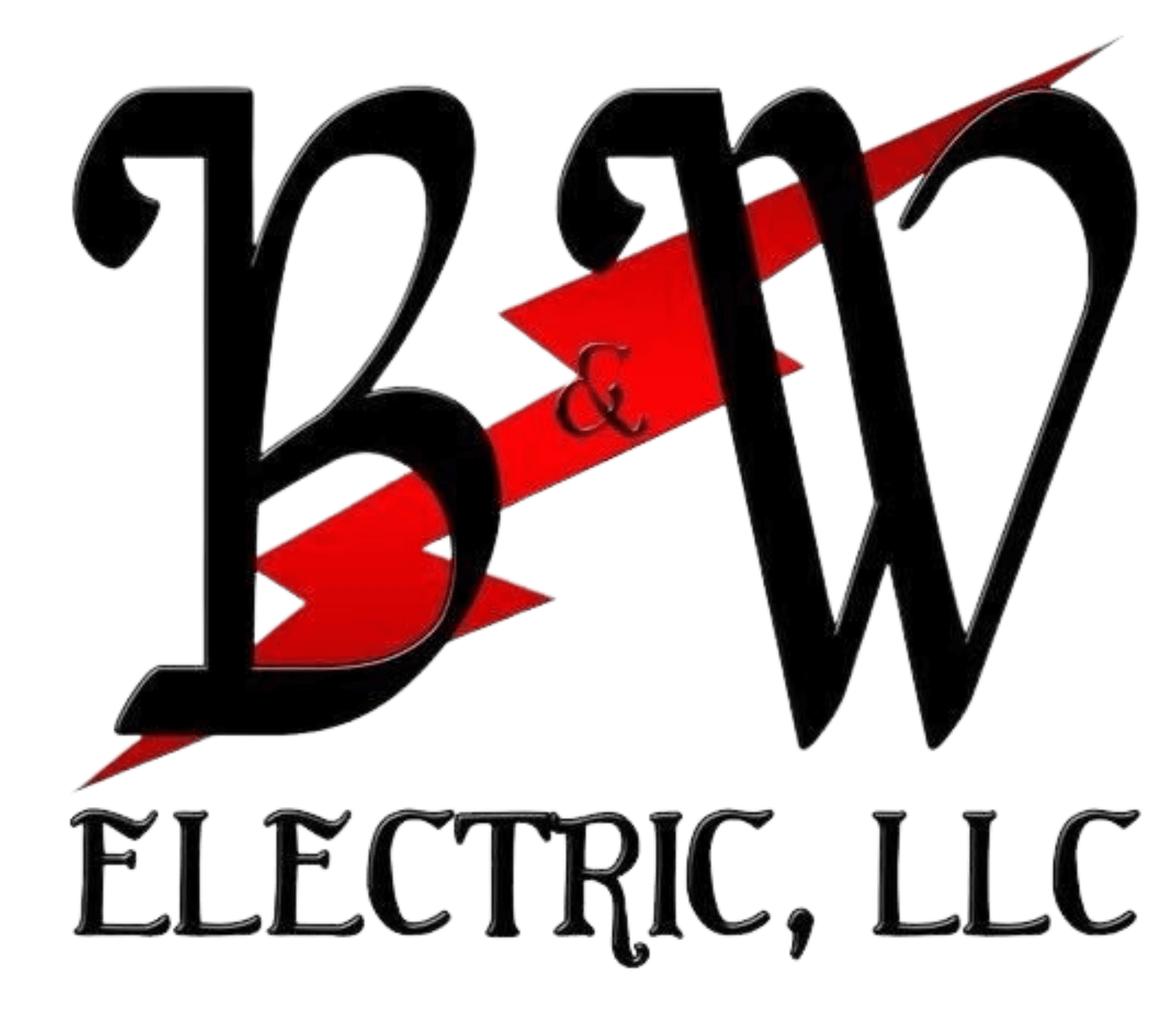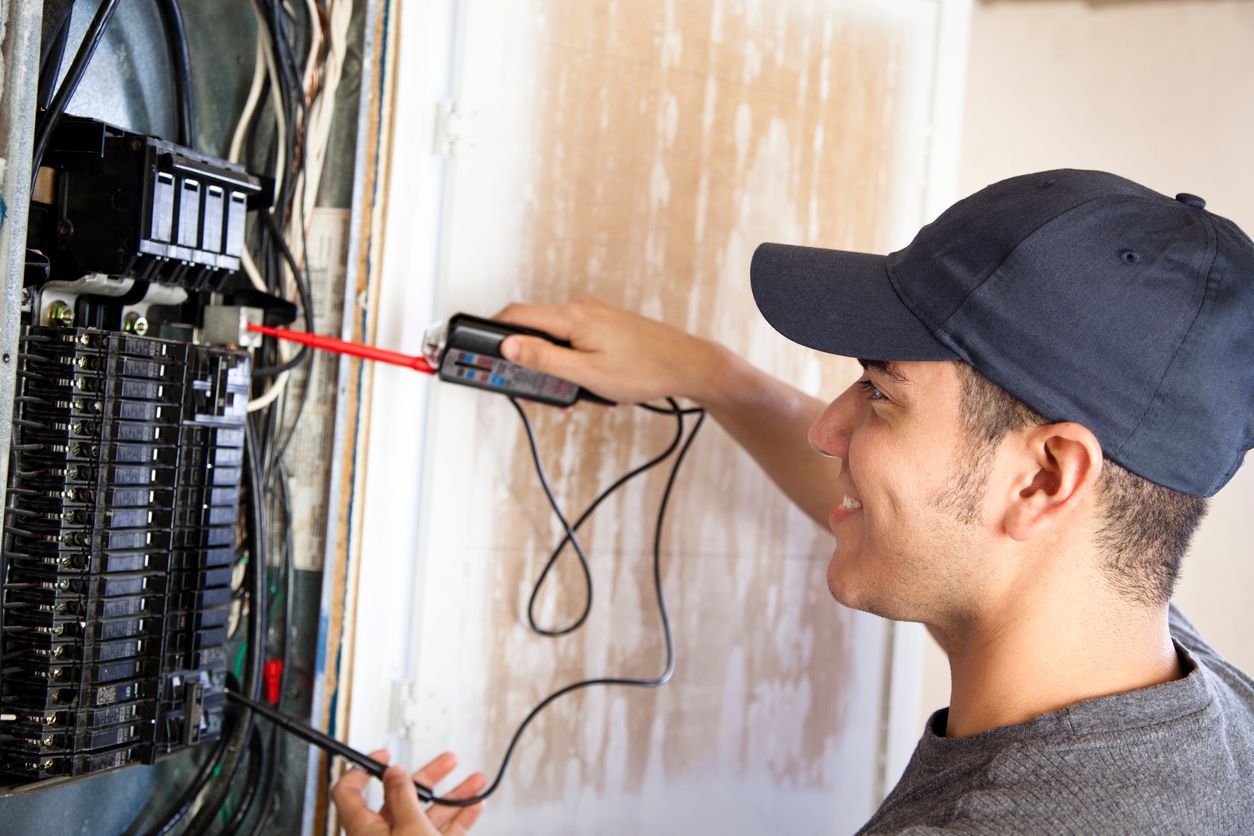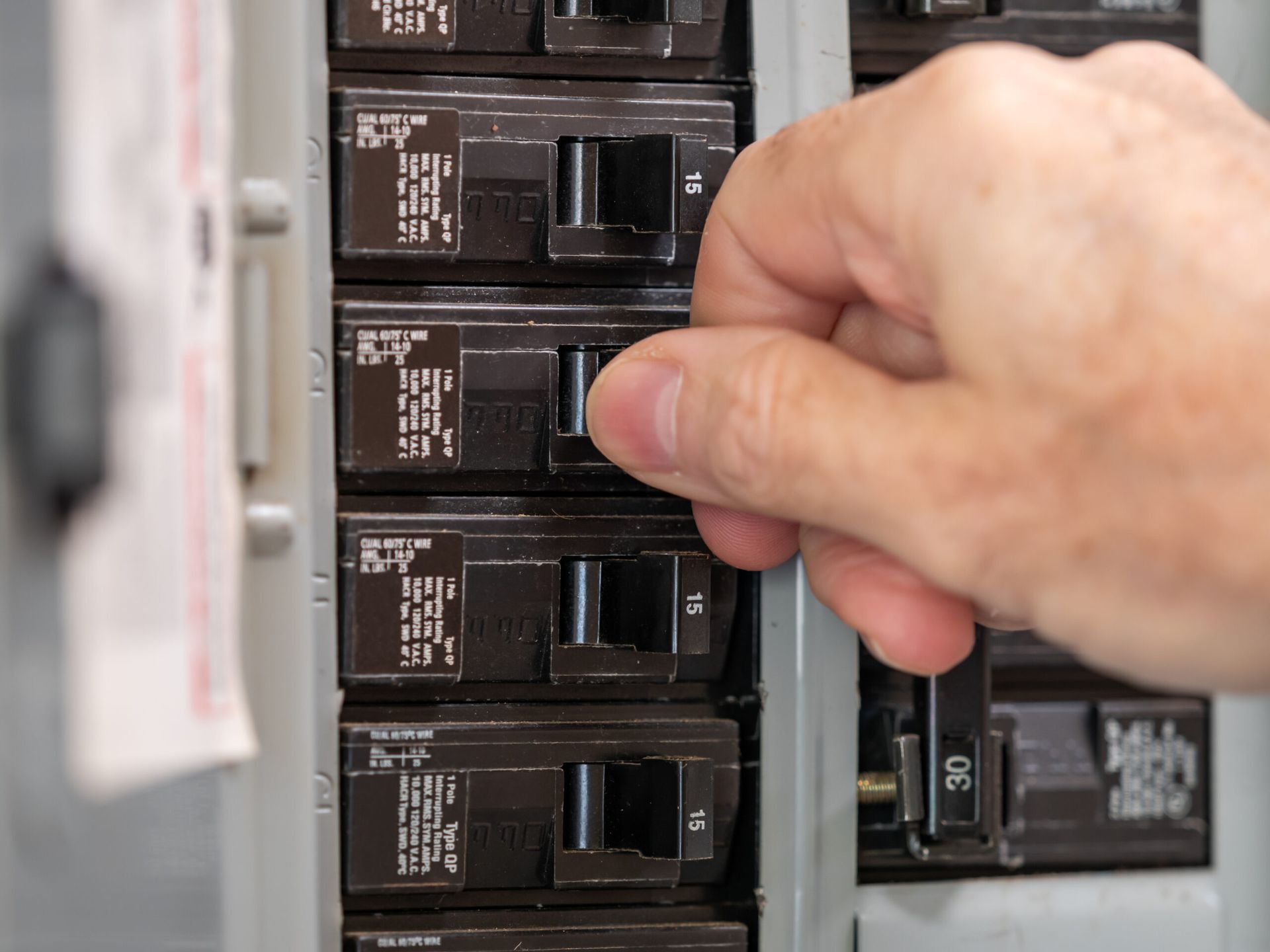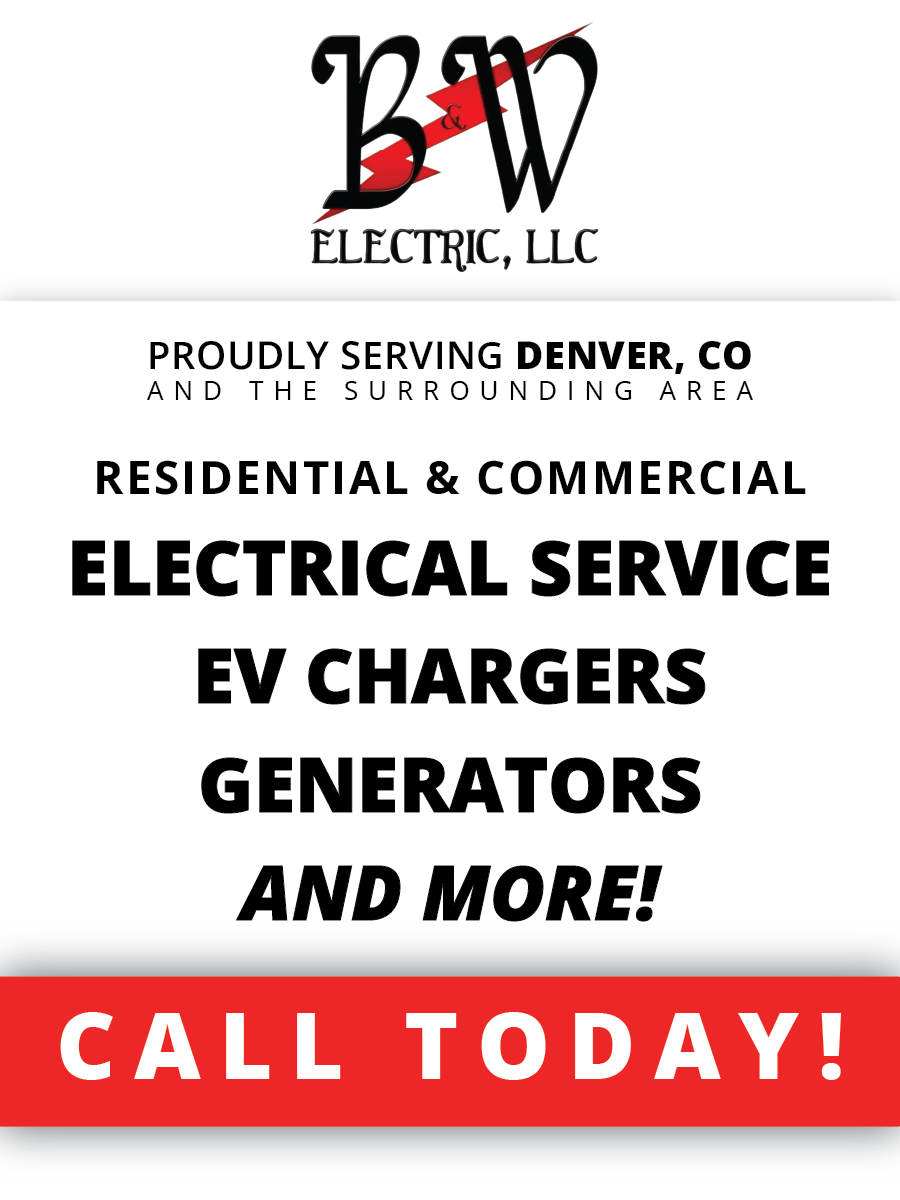Put quite simply, residential electrical systems are responsible for powering homes in a safe and efficient manner. Understanding the main components of these systems can help homeowners recognize the importance of proper maintenance and upgrades, as well as help facilitate communication with professional electricians whenever an issue arises.
With that in mind, here’s a brief on the main components of a home electrical system:
Electrical Wiring Components to Know
1. Electrical Service Panel (aka Breaker Box)
The electrical service panel, more commonly known as the breaker box, is the heart of a home electrical system, receiving electricity from the utility company and distributing it throughout the house. The panel contains circuit breakers, or fuses, that protect the electrical circuits by cutting off power when an overload or short circuit is detected. In addition, modern panels often include safety features and allow for the addition of new circuits if needed.
2. Wiring
Wiring acts as the veins of the electrical system, carrying electrical current from the service panel to various outlets, switches, and appliances. Residential wiring typically includes different types, such as non-metallic sheathed cable (also known as Romex), armored cable, and conduit wiring for specialized applications. The type and quality of wiring play a big role in preventing electrical hazards and ensuring energy efficiency.
3. Outlets and Receptacles
Outlets are the connection points that allow electrical devices and appliances to access power. Standard outlets, GFCI outlets, and AFCI outlets all serve specific purposes and enhance safety in different areas of the home. For example, GFCI outlets are required in bathrooms and kitchens to prevent electrical shock, while AFCI outlets protect against arc faults that could potentially cause fires.
4. Switches
Controlling the flow of electricity to lights and other devices, switches can range from simple on/off toggle switches to more advanced dimmer switches that allow for adjustable lighting. Smart switches have also become increasingly popular in recent years, providing remote control and automation features through Wi-Fi or smart home systems.
5. Lighting Fixtures
Lighting fixtures come in various forms, including ceiling lights, recessed lighting, chandeliers, and wall-mounted fixtures. The wiring for these fixtures connects to the switches, allowing users to control when and how lights are used. Energy-efficient options, such as LED lighting, are now widely used to minimize electricity consumption.
6. Grounding System
A grounding system is essential for safety, as it directs excess electricity into the earth, preventing electrical shocks and potential fires. Grounding helps stabilize the voltage levels within the electrical system, protecting both the house and its occupants from electrical surges.
7. Circuit Protection Devices
Circuit protection devices include circuit breakers and fuses, and play a vital role in protecting the home from electrical overloads and short circuits by automatically cutting off power to affected areas. Circuit breakers can be easily reset, while fuses need to be replaced once blown.
8. Meter
The electrical meter, typically installed outside the home, measures the amount of electricity that is used. Utility companies then use this data to bill the homeowner based on power consumption.
Step 6: Test the Labels
Conclusion
Having a basic understanding of the main components of residential electrical systems is an absolute must in order to maintain a safe and efficient home. Each part, from the service panel to the outlets and grounding system, works together to ensure the proper distribution and safe use of electricity. Regularly checking these components and consulting licensed electricians for any upgrades or issues is essential to keeping their electrical system in optimal condition.
If you’re experiencing electrical issues in the greater Denver area and are in need of a professional, reach out to the seasoned experts at B&W Electric today for a free consultation!

